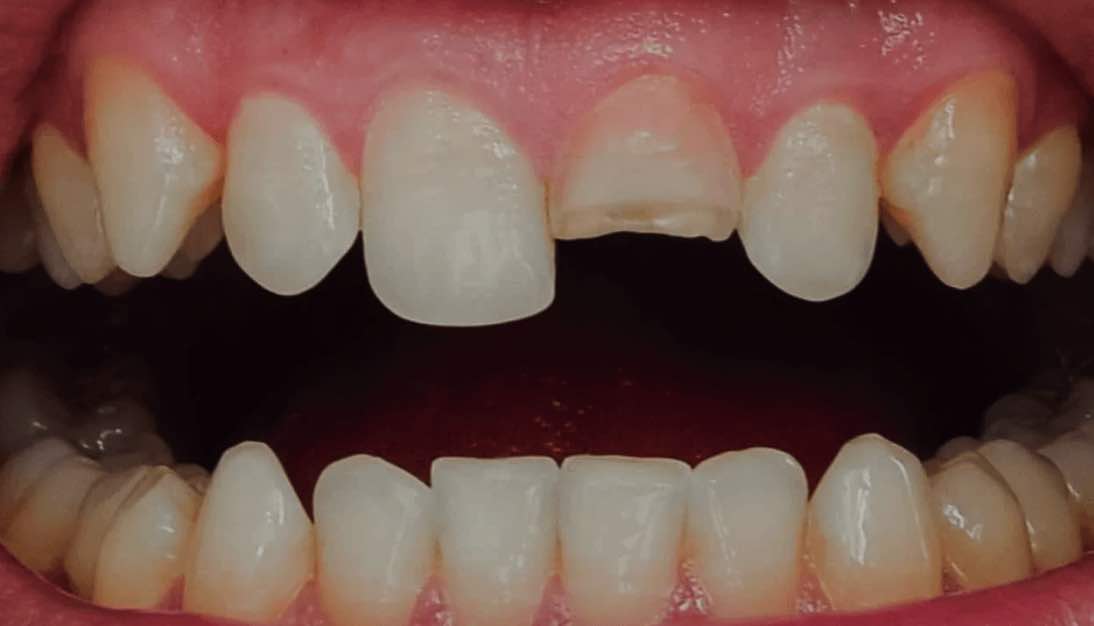When it comes to safeguarding your pearly whites and preserving your oral health, mouthguards provide a crucial layer of defence. It is essential however, to acknowledge that, despite their protective qualities, mouthguards are not a failsafe shield against every type of impact. In this blog post, we’ll explore why mouthguards can’t guarantee absolute protection, the various factors at play, and how to maximise their effectiveness.
No Absolute Guarantee
First and foremost, it’s vital to understand that no mouthguard, be it a custom-made laboratory version or an over-the-counter purchase, can offer an ironclad guarantee of protection against every impact. The sheer force of a strong blow can exceed the protective capabilities of even the most robust mouthguards. Research, however consistently demonstrates that wearing a mouthguard significantly enhances dental protection when compared to not wearing one.
Variables Affecting Effectiveness
The effectiveness of a mouthguard hinges on several variables:
Variables to be considered:
- the impact object
- the force behind the impact
- the shock absorption and dispersion properties of the polymers
- the location of impact
- the fit and area that is covered by the mouth guard
- whilst there are guidelines for making laboratory made mouthguards research has consistently shown that a custom made mouthguards will often differ in protection between technicians.
In summary, a securely fitted, energy absorbing and dispersing mouth guard will give you the best chance of reducing the energy transferred to the teeth yet there are also many variables at play. Wearing a mouth guard is a safeguard – it is not a guarantee that you will be protected.

